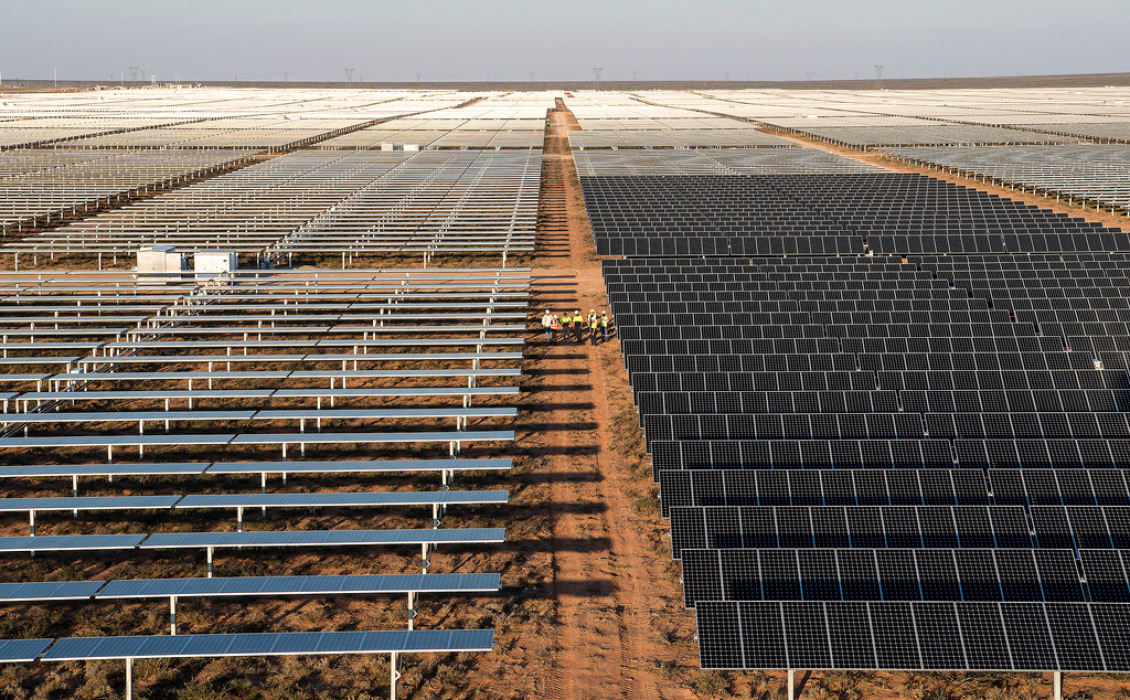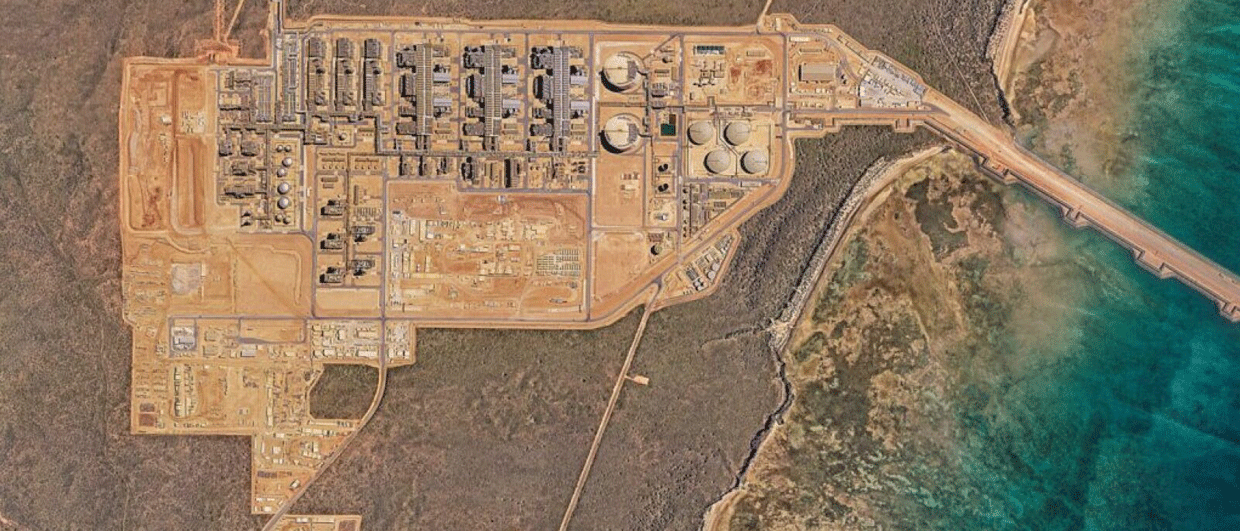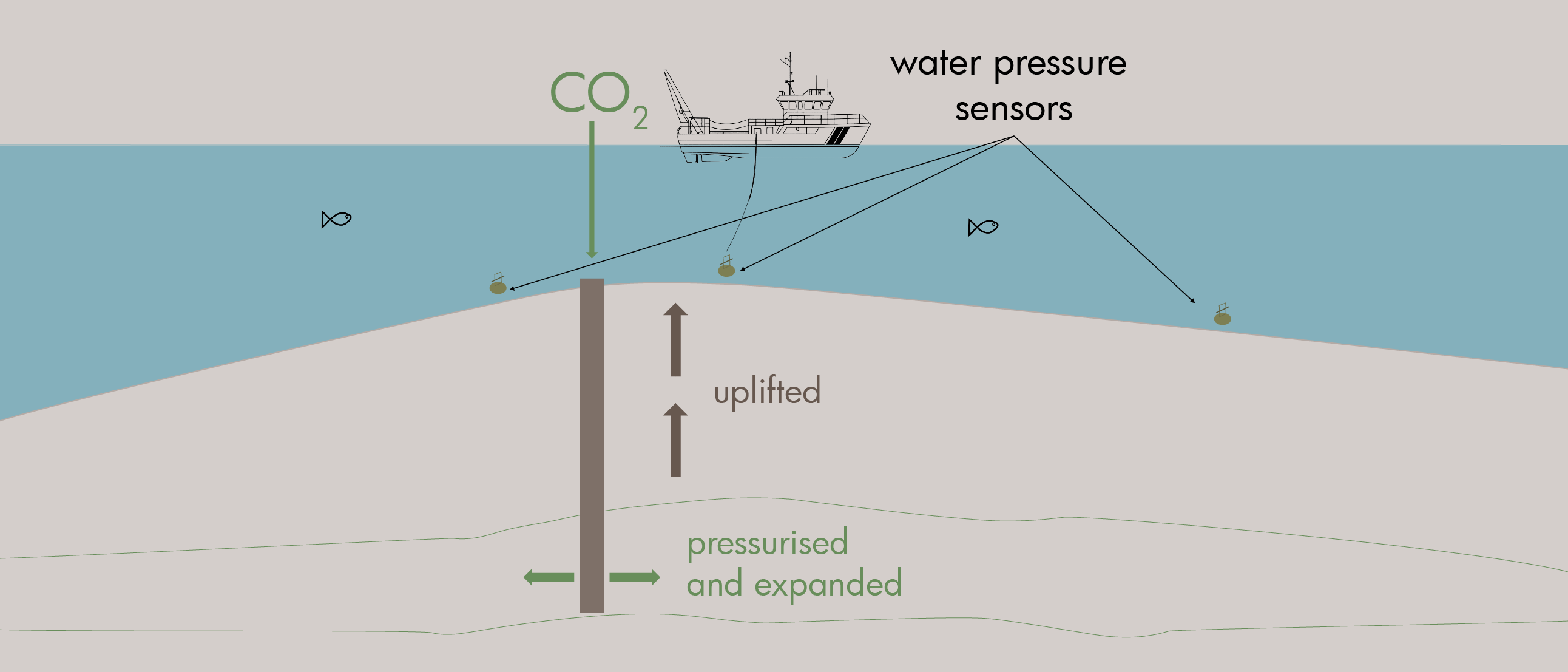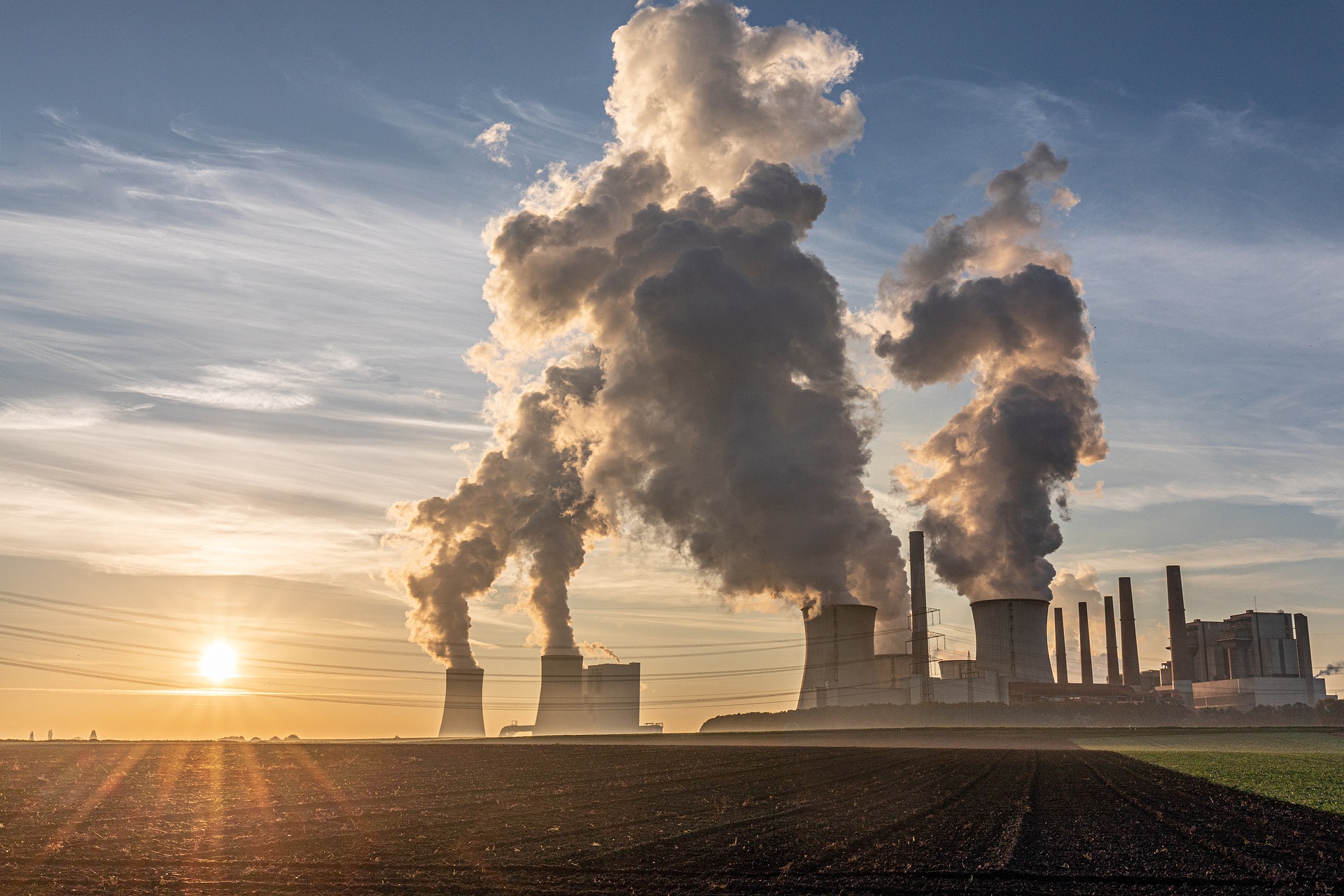The ‘supermajor’ oil and gas companies are changing; in different ways and at different speeds, they are making the transition from international oil companies, or IOCs, to integrated energy companies – IECs. That one letter change is very significant. And despite, or maybe because of, the distractions caused by Covid-19, 2020 seems to have been a pivotal year for this transition.
Net Zero Targets
Take BP, for example. In its annual statement it describes how 2020 was the year in which it began ‘reinventing’ the company, launched an ambition to achieve net zero by 2050, and committed to “deliver the energy the world needed.” The company, which was one of the first to express interest in the alternative energy sector, as far back as the 1980s, has set out plans to grow in both the renewables and bioenergy spheres, primarily through acquisition or joint ventures with companies like leading solar energy company Lightsource and Bunge, a fast-growing Brazilian biofuels business. BP also announced that it is developing plans for the UK’s largest Blue Hydrogen production facility at Teeside, targeting 1 GW of hydrogen production by 2030.
Shell has also been at the forefront of the supermajors’ transition from IOC to IEC. The company likewise has a net zero by 2050 target and believes that its total carbon emissions and oil production have both already peaked. It intends to reduce net carbon intensity by up to 8% by 2023, 20% by 2030 and 100% by 2050, using a baseline of 2016, and claims to be the first IOC to submit an Energy Transition Plan for an advisory vote to shareholders at its AGM. Focusing on ‘value over volume’, the company expects a gradual reduction in oil production of around 1–2% each year, through both divestments and natural decline.
Eni, by comparison, is actively moving out of oil but into gas, which it soon expects to represent 90% of its hydrocarbon production, supporting the energy transition as a back-up to more intermittent sources. Exploration will focus on infrastructure and near-field opportunities in proven basins, particularly those with a high gas potential, targeting 2 Bboe of resources. The company also aims for net zero by 2050, in line with the Paris Agreement, with a target for absolute emissions of –25% by 2030 vs 2018 and –65% by 2040, to be achieved through increasing efficiency and the circular economy, plus the use of Blue and Green Hydrogen for bio-refining and other hard-to-abate activities, as well as carbon offsetting.
Energy Providers
As with the other European supermajors, Eni plans to hugely increase its electricity production – further evidence that these companies are becoming energy providers rather than oil producers. Eni plans to double its bio-refinery capacity by 2024 and by five times by 2050, while it proposes to increase its renewables capability to 4 GW by 2024 and up to 60 GW by 2050.
In a similar fashion, Total’s ambition is to reach 35 GW of renewable electrical capacity in 2025 and nearly 100 GW by 2030. Like BP, Total is acquiring and partnering with many companies generating renewable electricity and is fast becoming a world leader in solar energy, with over 2,000 MW of solar assets in operation in India, more than 5,000 MW of solar projects in Spain and an 800-MW solar farm in Qatar. The company says that it aims to transform itself into a broad energy company by profitably growing energy production from LNG and electricity, which are the two fastest growing energy markets. As a result, it expects to see sales of oil products reducing by almost 30% in the next decade, so that by 2030 its sales mix will be 30% oil products, focusing on low cost oil projects, 5% biofuels, 50% gases and 15% electrons. In fact, at Total’s next AGM it is proposed to change its name to TotalEnergies, to signify its transformation into a ‘broad energy company’.
Shell and BP are also moving into the electricity supply sector, with the former stating that by 2030 it expects to sell twice as much electricity as it does today, while the latter is aiming to achieve 50 GW of renewable energy capacity by 2030. BP has also entered the electric vehicle (EV)-charging market with the recent acquisition of EV-charging company Chargemaster.
Different Approaches
While the European supermajors are falling over themselves to prove their green credentials, things are a little different on the other side of the Atlantic. US supermajors ExxonMobil and Chevron still consider that producing oil and gas rather than electricity are at the core of their business and they are confidently waiting for a post-Covid surge in both demand and oil prices, while actively investing in de-carbonizing their assets and reducing emissions.
Chevron has not stated an ambition for net zero by 2050 but expresses support for the Paris Agreement and to that end will concentrate on reducing the carbon intensity of its products. This will include the increasing use of renewables in association with its hydrocarbon assets, using offset mechanisms and and investing in lowcarbon technologies that can enable commercial solutions. It has made some investment in geothermal energy and recently announced a ‘pathway’ toward net zero emissions in the coming decades, with new targets to lower emissions per barrel pumped by a third over the next seven years, but expects to be a fossil-fuel-dominated company for the next ten or 20 years.
Unlike its European peers, Exxon Mobil plans to up its oil production by 1 MMbopd over the next five years. The company came under a lot of pressure at the end of 2020 for failing to address climate change in its long-term policies. It subsequently announced a new five-year plan to reduce greenhouse gas emissions, including those from methane flaring and upstream operations, which it said was in line with the Paris Agreement. It plans to reduce the intensity of its oilfield greenhouse gas emissions by 15%–20% of 2016 level by 2025. The company has also created a division to commercialize technologies that help reduce carbon emissions and is concentrating on carbon capture and storage (CCS), although the funds available to this are small relative to its exploration budget. European supermajors have also put investment into CCS, but for the US companies it seems to be the main emissions reduction strategy route.
ConocoPhillips was the first US-based upstream company to adopt a net zero by 2050 strategy and is still the only one of the three US supermajors to do so, setting an emissions intensity reduction target of 35–45% by 2030, as well as forming a ‘low-carbon team’ to study energy transition alternatives.
Hydrocarbons in the Mix
While there seems to be quite a difference between the enthusiasm with which O&G supermajors are embracing the energy transition on either side of the Atlantic, it should be noted that, despite all the hype, hydrocarbons remain a significant part of their businesses. Energy demand is projected to continue increasing and all companies acknowledge that oil and, in particular, gas will be supplying part of that demand. While the US companies seem to be betting on demand for hydrocarbons to increase at least in the short term, to be largely supplied by shale gas with reduced and sequestrated emissions, the Europeans are turning themselves into energy suppliers – but even they acknowledge that the transformation from IOC to IEC will be paid for by the cash from their oil, gas and refining activities. Despite all its talk about investment in green technologies, a third of Shell’s planned investment this year will be in the upstream sector, which it expects to provide the company with material cash flow well into the 2030s.
The supermajors all acknowledge the energy transition is coming – but the difference between the European and US companies is the question: how quickly?






